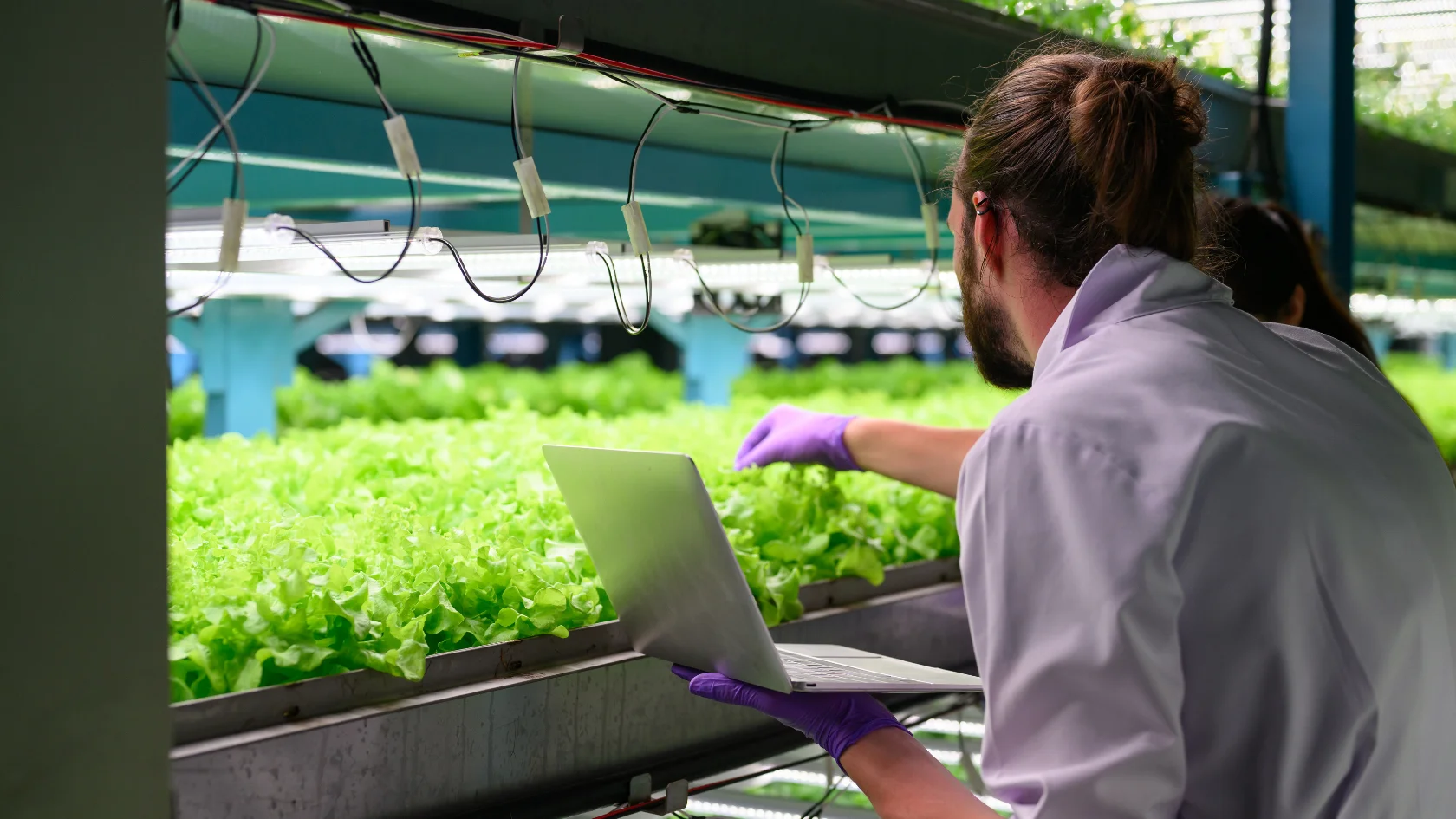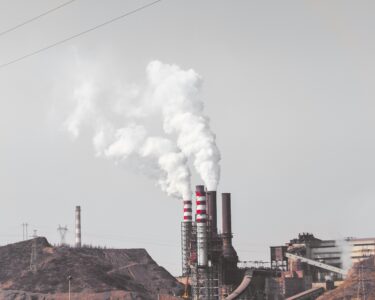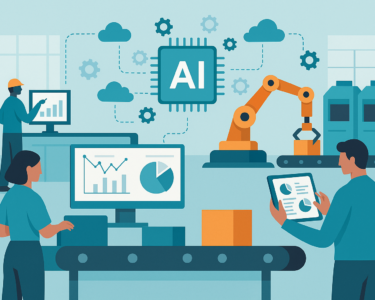When people hear “vertical farming,” they think salad greens, stacked LEDs, and startups trying to disrupt agriculture. But beneath the hydroponics and climate controls is a broader story — one that could reshape how U.S. industries think about production, distribution, and sustainability.
Vertical farming is essentially a blueprint for decentralized, tech-enabled manufacturing. And as other sectors face mounting pressure to modernize — from supply chains to environmental impact — its underlying principles offer valuable lessons.
This article explores what vertical farming reveals about the next evolution of American industry, and how companies across sectors can apply its strategies to scale more intelligently.
1. Localized Production Reduces Risk and Improves Speed
Vertical farms are designed to bring food production closer to the consumer. That reduces transportation costs, shortens time-to-market, and insulates the supply chain from global disruptions.
Lesson for Industry:
Decentralization isn’t just for food.
Industries like pharmaceuticals, packaging, and even consumer electronics can benefit from regional micro-factories or urban manufacturing hubs, especially for high-turnover or perishable products.
During the pandemic, supply chain breakdowns exposed the risks of centralized production. Vertical farming shows how proximity can build resilience — and unlock speed.
2. Automation Enables Small Footprints and High Output
In a vertical farm, robotics and environmental controls handle much of the labor. This allows a warehouse-sized space to produce consistent yields year-round, without seasonal volatility or a large workforce.
Lesson for Industry:
Automated, modular systems can maximize efficiency without scaling headcount.
This is particularly relevant for industries facing labor shortages or real estate constraints. Think of microbreweries with AI-managed fermentation, or small-batch cosmetic labs with robotic mixers and quality control.
Automation doesn’t have to mean massive factories. It can mean small, flexible units that run 24/7 with minimal overhead.
3. Sustainability as an Operating Model, Not a Marketing Layer
Many vertical farms use renewable energy, water recycling, and zero-pesticide practices — not just to “go green,” but because these systems reduce costs and boost consistency.
Lesson for Industry:
Sustainability can be operationally advantageous, not just a brand differentiator.
As energy costs rise and ESG pressures grow, vertical farming proves that integrating sustainable practices at the core of production can future-proof your business.
This mindset is now spreading to textile dyeing, data center cooling, and advanced material production.
4. Data-Driven Feedback Loops Accelerate Optimization
Everything in a vertical farm is measured — from humidity and nutrient levels to harvest yields. This continuous feedback drives faster innovation cycles and performance improvements.
Lesson for Industry:
Industries that embed data capture into their operations can improve faster.
Real-time insights into production variables, quality deviations, or equipment usage allow for adaptive manufacturing, predictive maintenance, and agile response to market shifts.
Whether it’s precision machining or food packaging, tighter data loops mean better margins and fewer delays.
Final Thoughts
Vertical farming isn’t just about growing lettuce indoors. It’s a case study in how American industry can rethink its assumptions — about size, location, staffing, sustainability, and speed.
The real innovation is the model: small-footprint, tech-enabled, local-first, and built for rapid iteration. As U.S. companies look to compete in a more volatile and resource-constrained world, vertical farming offers a preview of what next-gen production can look like — compact, resilient, and smart from the ground up.





